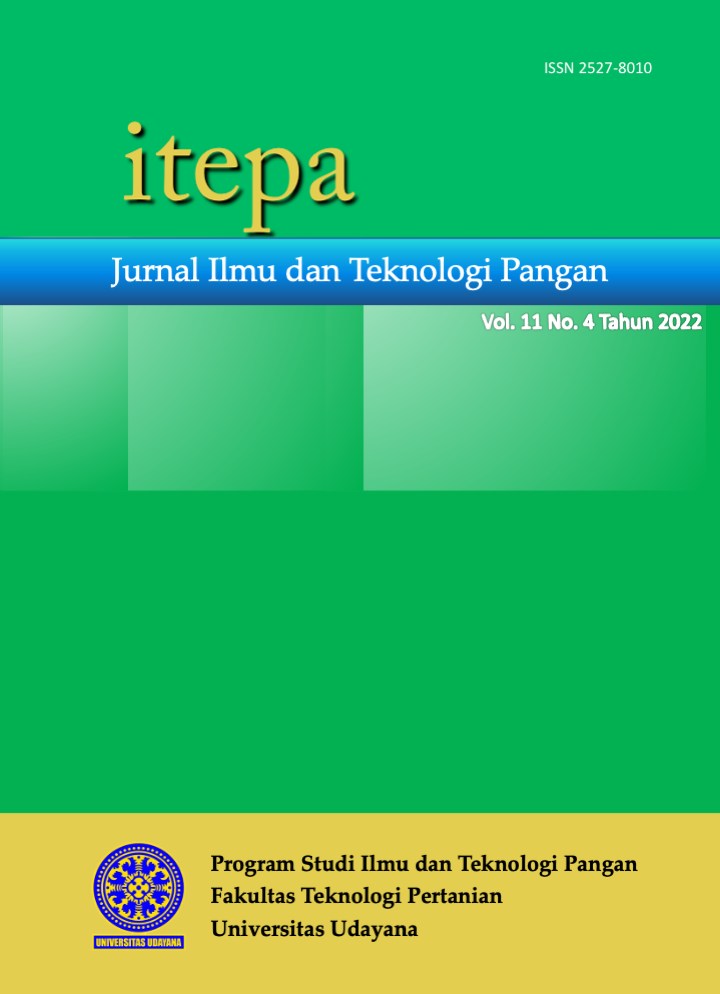Peningkatan Efisiensi Ekstraksi Madu Klanceng Melalui Diseminasi Ekstraktor
Abstract
Ngebel Village is a producer of Klanceng Honey and an ecotourism destination for Ngebel Adventure Park (NAP) in Ponorogo Regency. Klanceng honey produced by the endemic Klanceng bee (Trigona sp.) is the honey that has high selling value (IDR 60,000 per 100ml) and currently, there are 61 farmers with the total of 620 log beehives. So far, production capacity has only met 40% of consumer demand, so efforts to increase the capacity are needed. Efforts and support have been given by the village government to beekeepers through the increasing the number of wooden bee nests (setup) and improving the technology of the honey handling process. One of the critical processes to determine the optimization of the quantity and quality of klanceng honey is the extraction process as a process that determines the level of yield. So far, honey extraction has been done manually using a syringe or filtered with a sieve. The Trigona sp. bee, as a honey-producing bee, has a laver-shaped hive, where the shape of the hive influences its internal structure. The extraction of Klanceng honey can not be done using the existing honey extractors due to the inappropriate structure of the beehive. Dissemination of the centrifugal extractor was aimed to increase honey extraction efficiency and improve its hygiene. The Centrifugal Extractor consists of an extractor tube having a static tube and a rotating tube, a filter tube, a transmission unit and a 0.25 HP electric motor with rotary speed regulator.. The use of this machine results in an increase in yield (increasing of rendemen from 75% up to 83% Klanceng honey) and an increase in organoleptic of honey (aroma, appearance, taste and color) so that the product is competitive in the market.





